The devotion of Our Lady of Charity originated in Cuba in the early 17th century. According to tradition, one day, three Cuban peasants known as the “three Johns” went into the water of the Bay of Nipe to collect salt. A fierce tempest came down upon them, but as the storm lifted, they spotted a curious object floating towards them in the water: a statue of the Mother of Jesus attached to a board. Inscribed on the board was the declaration,” I am the Virgin of Charity.” Most extraordinarily, the men reported that the figure and its clothing were completely dry in spite of the raging waves and storm that had preceded its arrival.
Astonished, the men took the statue to their village, Barajagua, and it eventually found a home in the “El Cobre” parish. Some reported that during its residence at both places, the statue mysteriously vanished and reappeared in the Cobre Mountains. One night, villagers noticed a great light shining from the mountains, and at its source, they found the statue. On that spot, the villagers constructed a hermitage, where they placed the statue for veneration. Today, the site is known as the National Sanctuary of Cuba, and Cuban residents affectionally refer to Our Lady of Charity as “Cachita
In addition, they thank the Virgin for all the joys she has granted them.
Other believers do not go to the Sanctuary, but instead present their expressions of respect and devotion in their home, on an altar or before an image of Charity and they also come to the rivers, the natural temple of Oshún, to speak to the goddess and ask her for her help.
No matter where the place is, the deities will always recognize our displays of faith.
We should always communicate with them with devotion and respect, through prayers.
- Our Lady of Charity syncretizes in Yoruba religion and Afro-Cuban culture with Oshún, queen of the sweet waters of the world, streams, springs and rivers.


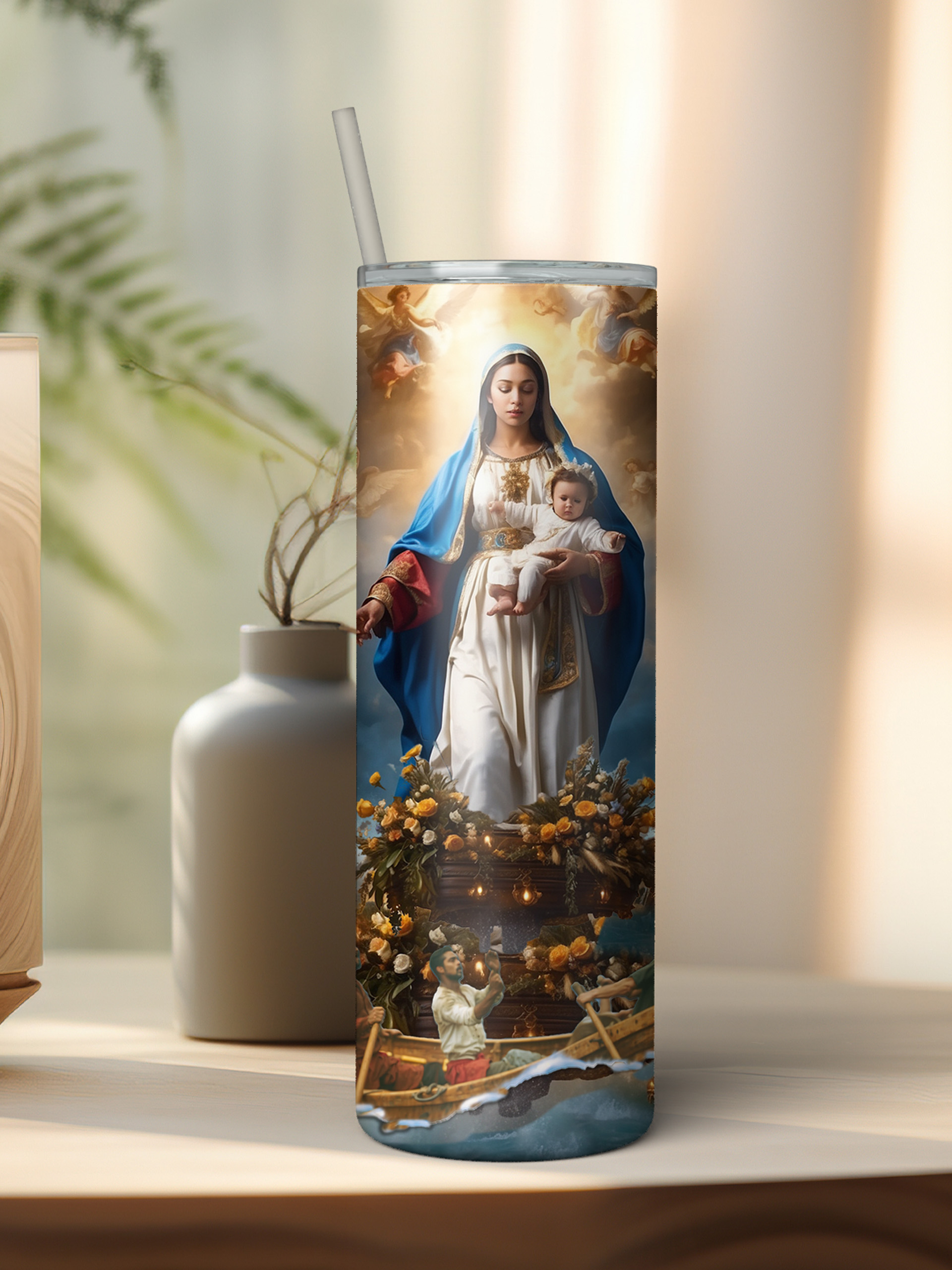
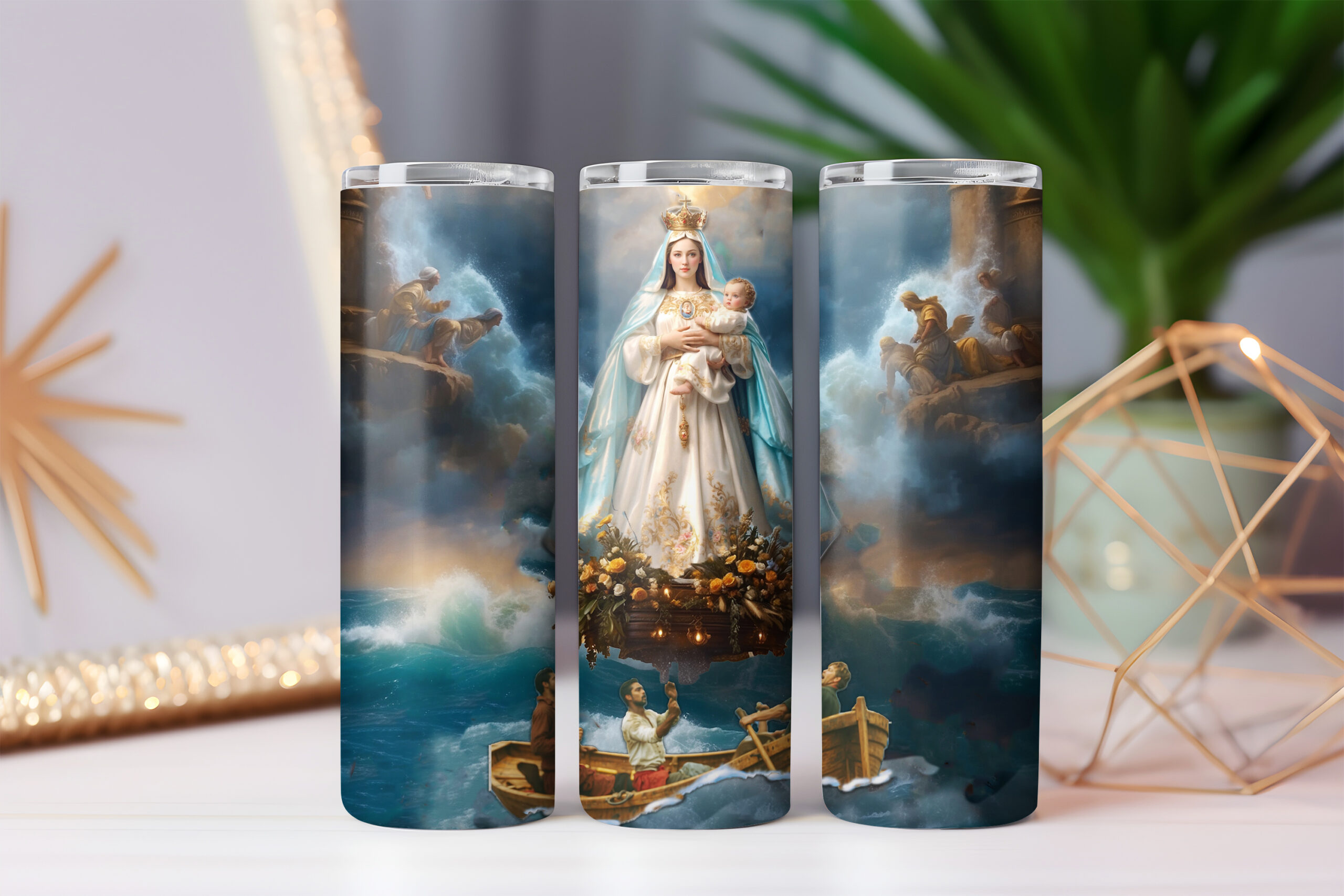
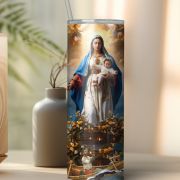

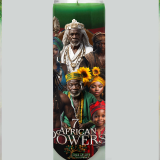

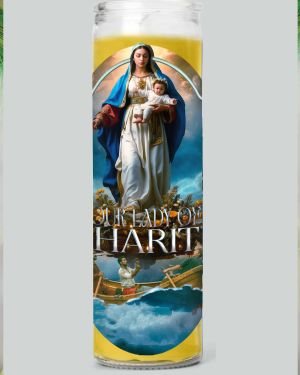


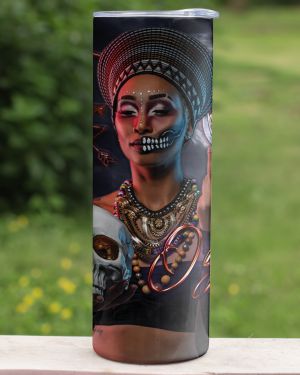


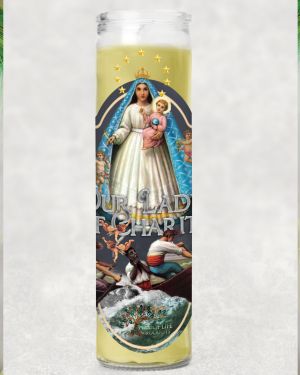

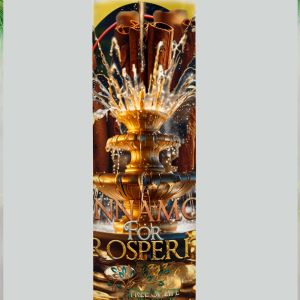

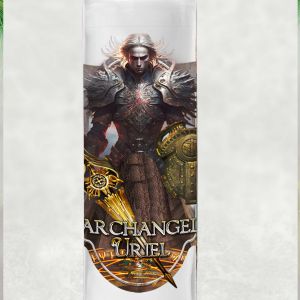


Reviews
There are no reviews yet.